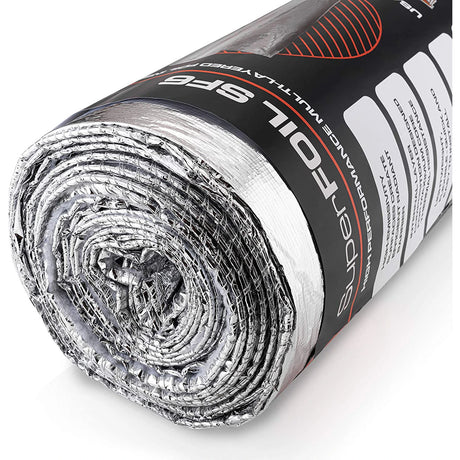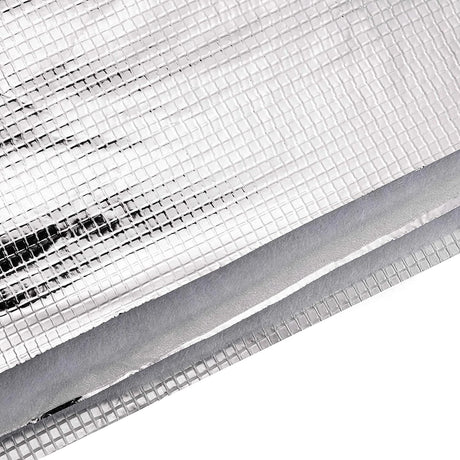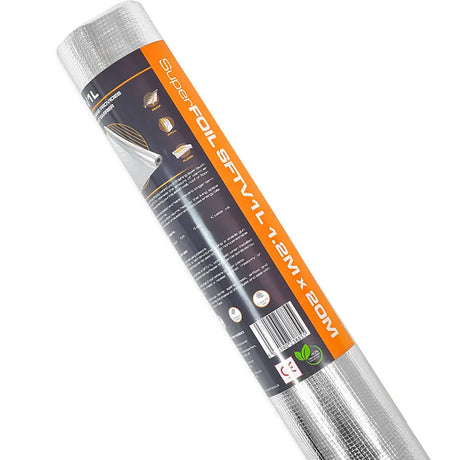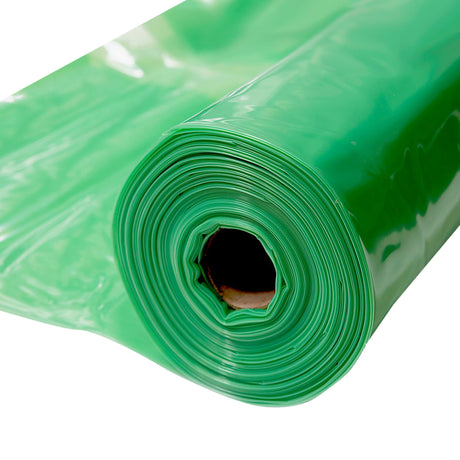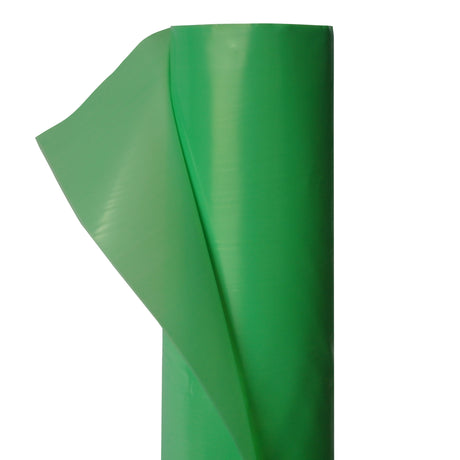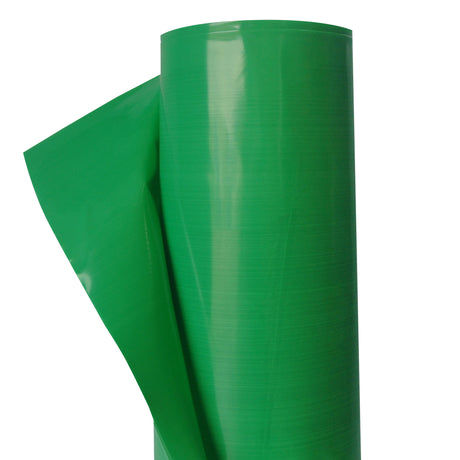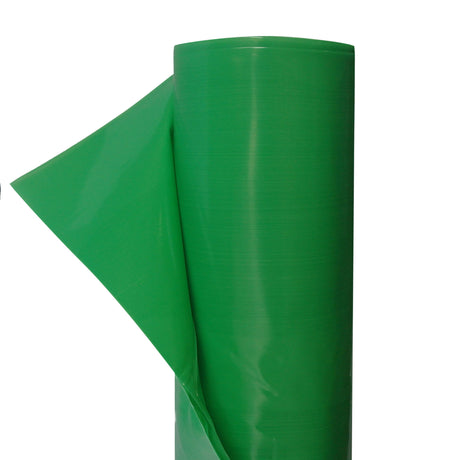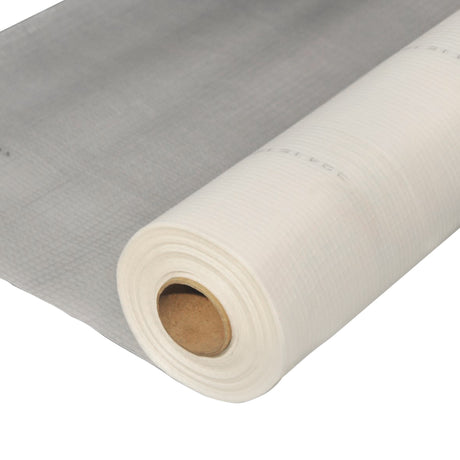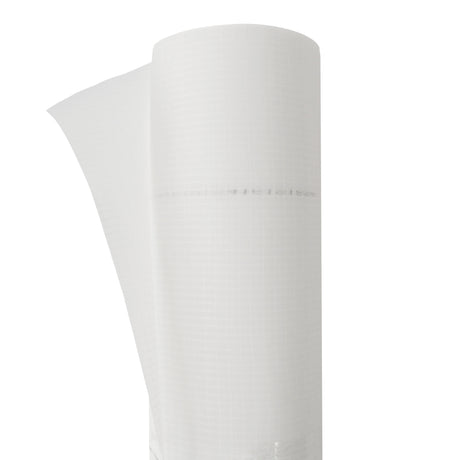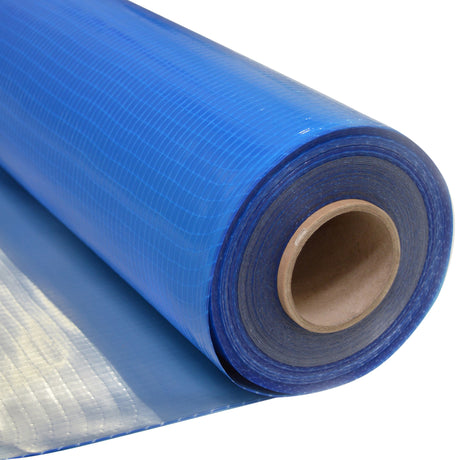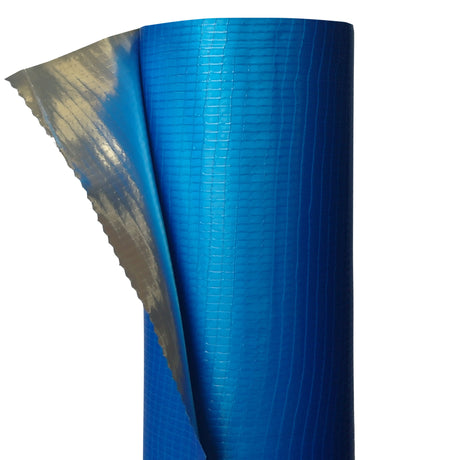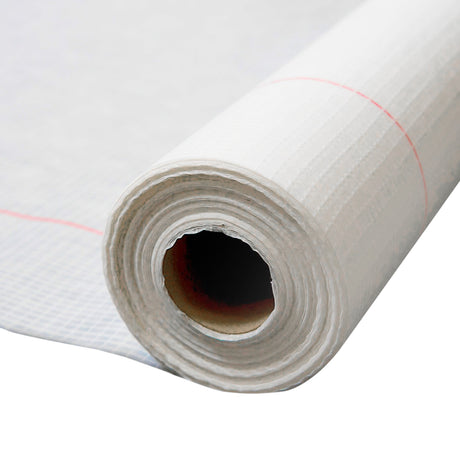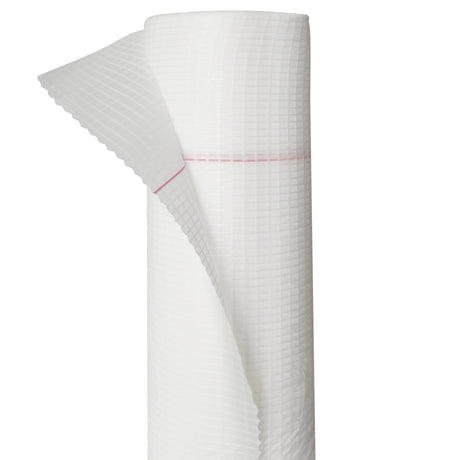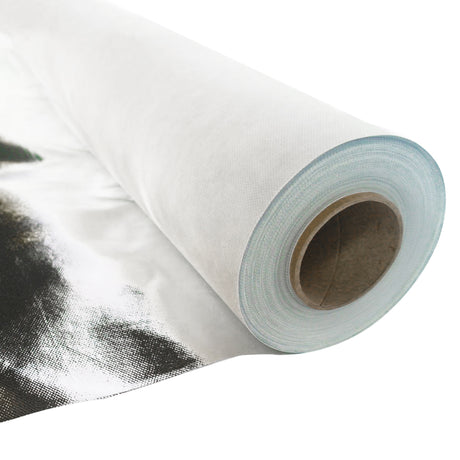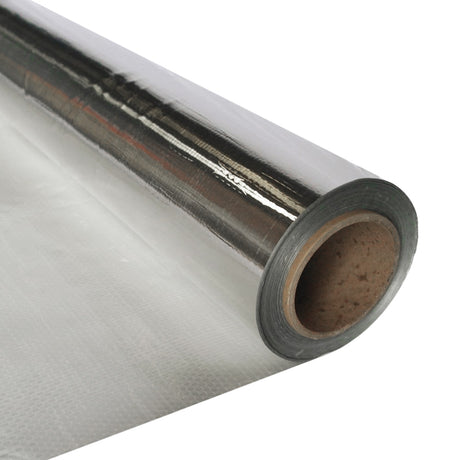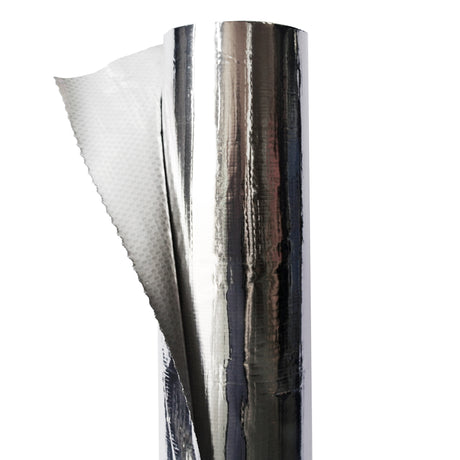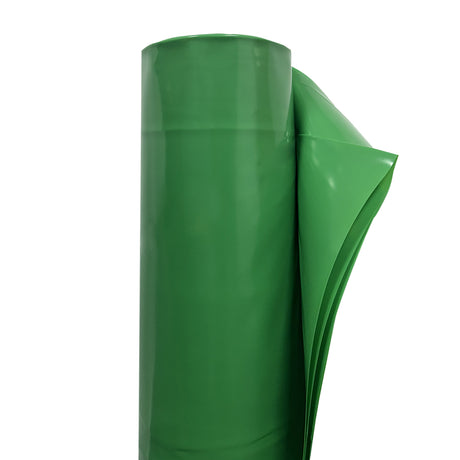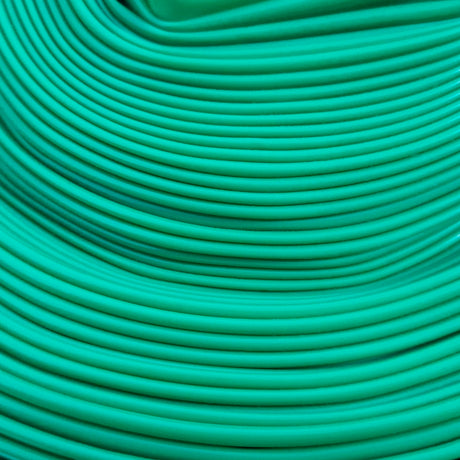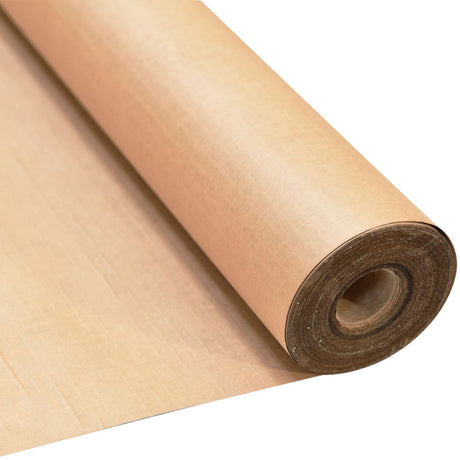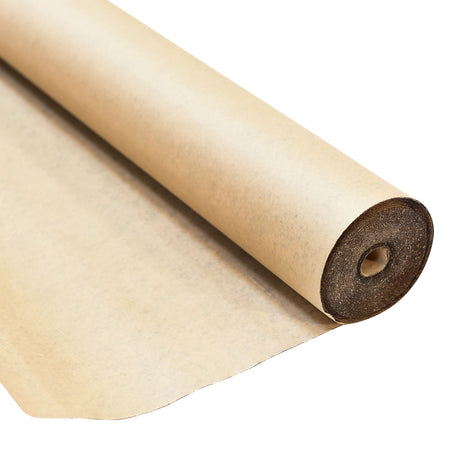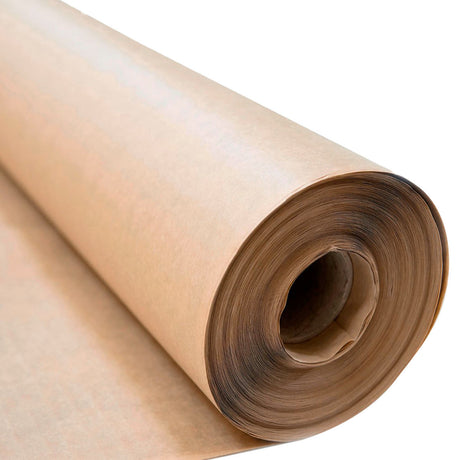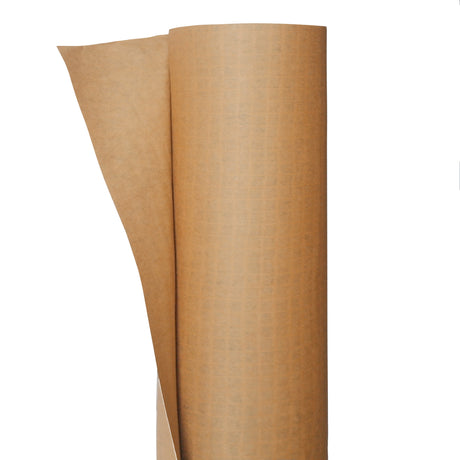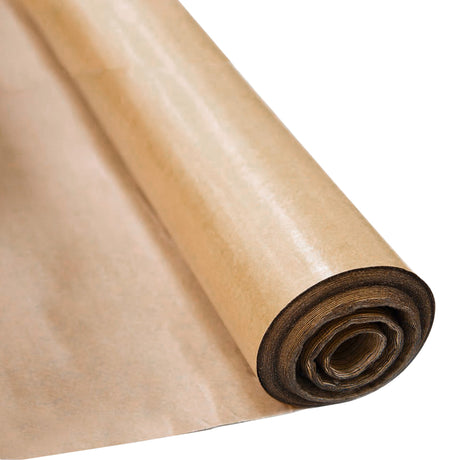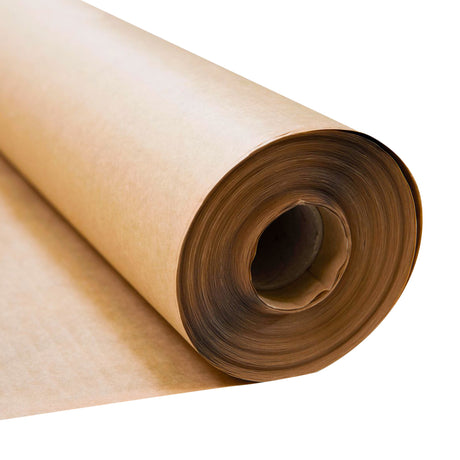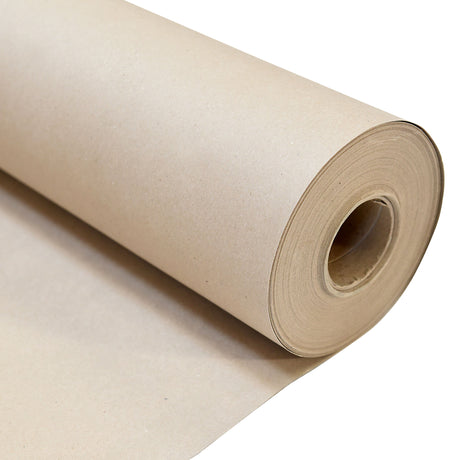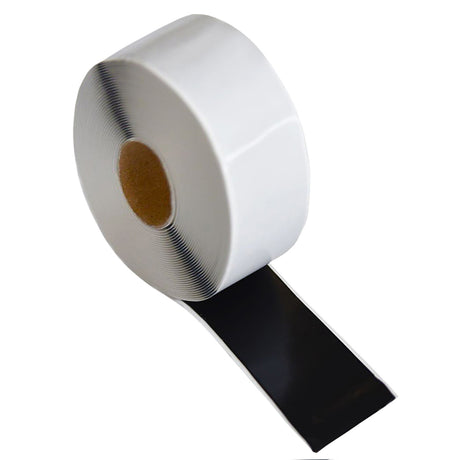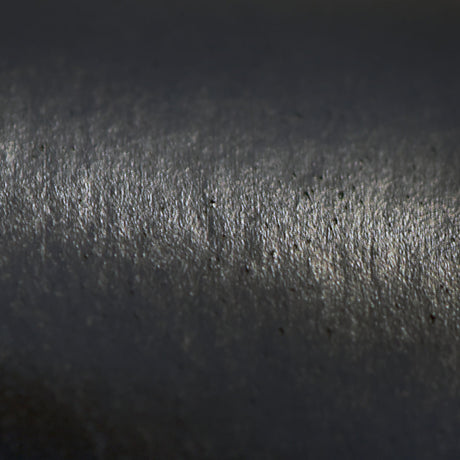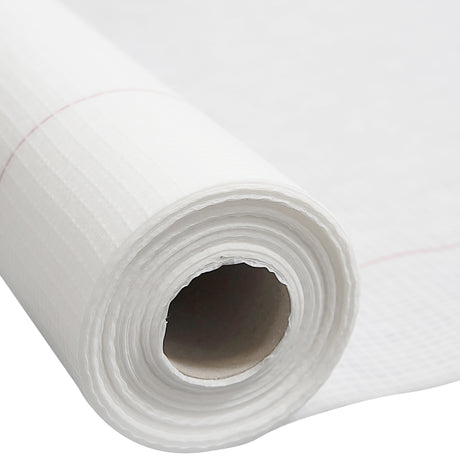SuperFOIL
SuperFOIL SF6 Multifoil Insulation - 1.2m x 10m - 12m²
£75.28 Ex VAT£90.34 Inc VATUnit price /UnavailableSuperFOIL
SuperFOIL SFTV 1L High Tech Foil Insulation Roll - 1.2m x 20m - 24m²
£33.83 Ex VAT£40.60 Inc VATUnit price /UnavailableNovia
Novia 500 Gauge (125 Micron) Virgin Grade Polythene VCL 2.7m x 50m 135m2
£90.00 Ex VAT£108.00 Inc VATUnit price /UnavailableNovia
Novia 1000 Gauge (250 micron) Virgin Grade Polythene VCL 4m x 25m 100m2
£141.67 Ex VAT£170.00 Inc VATUnit price /UnavailableNovia
Novia 1200 Gauge (300 micron) Virgin Grade Polythene VCL 4m x 25m 100m2
£159.17 Ex VAT£191.00 Inc VATUnit price /UnavailableNovia
Novia STRP Reinforced Vapour Control Layer 2m x 50m 100m2
£186.08 Ex VAT£223.30 Inc VATUnit price /UnavailableNovia
Novia STRP Pro High Performance Reinforced Foil VCL 1.6m x 50m 80m2
£183.33 Ex VAT£220.00 Inc VATUnit price /UnavailableNovia
Novia VC2 Air Leakage & Vapour Check Laminate 1.5m x 50m 75m2
£83.08 Ex VAT£99.70 Inc VATUnit price /UnavailableNovia
Novia VC200 Reflective Air Leakage & Vapour Control Layer 1.5m x 50m 75m2
From £89.17 Ex VAT£107.00 Inc VATUnit price /UnavailableNovia
Novia VC4000 FR Reflective Air Leakage & Vapour Control Layer 1.5m x 50m 75m2
£215.00 Ex VAT£258.00 Inc VATUnit price /UnavailableNovia
Novia Methane Pro High Performance Gas Barrier 1.6m x 50m 80m2
£228.38 Ex VAT£274.06 Inc VATUnit price /UnavailableNovia
Novia 1600 Gauge Radon Barrier 4m x 20m 80m²
£106.67 Ex VAT£128.00 Inc VATUnit price /UnavailableNovia
Novia A1F Standard Building Paper 1m (25m or 50m)
From £53.58 Ex VAT£64.30 Inc VATUnit price /UnavailableNovia
Novia B1F Building Paper 1.25m x 50m 62.5m2
£84.17 Ex VAT£101.00 Inc VATUnit price /UnavailableNovia
Novia Polybit Building Paper 1m x 25m 25m2
£59.17 Ex VAT£71.00 Inc VATUnit price /UnavailableNovia
Novia 509B Reinforced Kraft Shed Liner 1.8m x 50m 90m2
£124.17 Ex VAT£149.00 Inc VATUnit price /UnavailableNovia
Novia Floorguard 250gsm Cardboard Roll 1m x 50m 50m2
£31.92 Ex VAT£38.30 Inc VATUnit price /UnavailableNovia
Novia 50mm Double-Sided Butyl Tape 50mm x 10m x 1.5mm
£8.46 Ex VAT£10.15 Inc VATUnit price /UnavailableNovia
Novia VC2T Reinforced Synthetic Laminate 75m2
£83.17 Ex VAT£99.80 Inc VATUnit price /Unavailable

